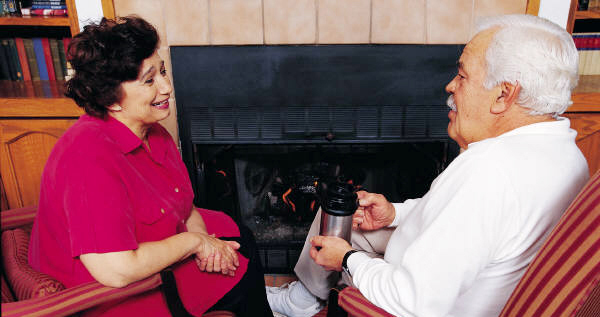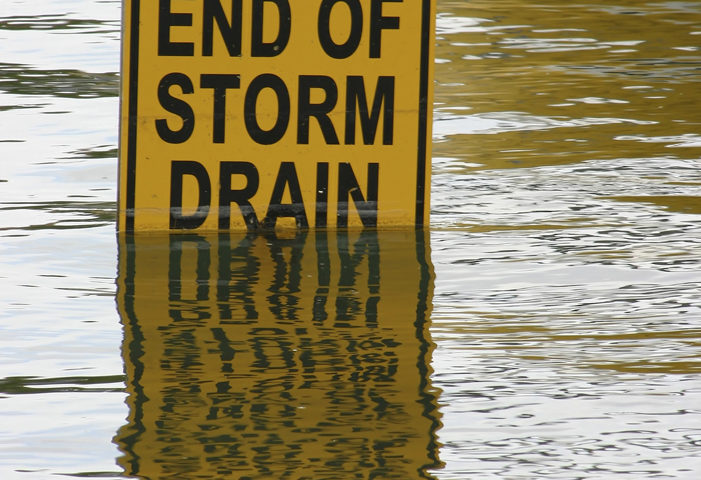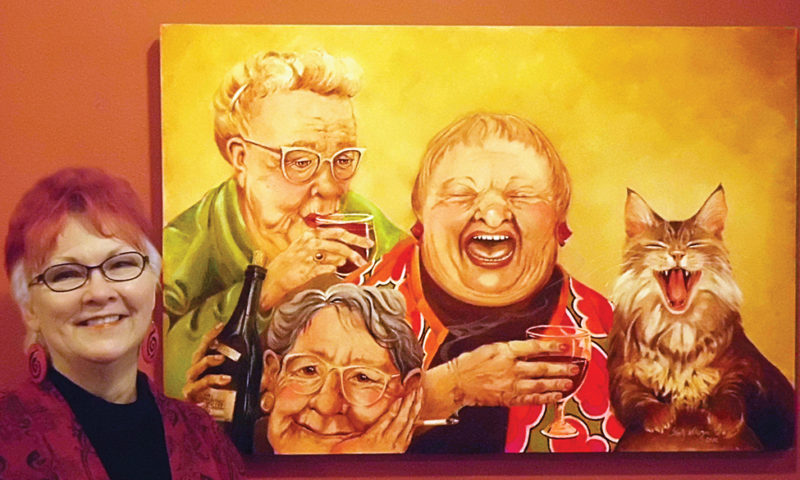 Eclectic, funky, colorful, appealing to the senses—lotions, candy, creatures furry—acrylics, oils, pencil art—portraits, carvings, found-object art—bling and retro and great photographs. These are some ways of describing what you’ll find at A Crazy Lady on 4th Street Gallery.
Eclectic, funky, colorful, appealing to the senses—lotions, candy, creatures furry—acrylics, oils, pencil art—portraits, carvings, found-object art—bling and retro and great photographs. These are some ways of describing what you’ll find at A Crazy Lady on 4th Street Gallery.
Shelly Wilkerson is the “Crazy Lady,†so-named by her partner/husband Glen Wilkerson. Glen told his wife that opening a new gallery in this economic climate in the town of Bremerton was “a crazy thing to do,†but he nevertheless joined the venture, becoming one of its artists. So far so good—the gallery and retail shop just celebrated its one-year anniversary.
In this first year, Wilkerson has gathered together 23 diverse artists and artisans. The central principle is not so much determining what defines “art†or “fine art†but rather a question of where is the “heart.†You can find it in the moss and bark collected and turned into birdhouses. You can sense it in a wooden, carved rabbit. Perhaps you can “read†the unwritten messages in the intense, heart-felt paintings that focus on the environment. Your heart might be touched by the notecards done by school children or the effort that goes into Jeremy Hannaford’s welded pieces, accomplishments of a quadriplegic. Or, you might recognize yourself in one of Wilkerson’s paintings (such as the one above).
Wilkerson jokingly refers to herself as “the dictator,†but she is the central person who interviews prospective artists, rents out space to them, and calls for their bimonthly meetings. Her personal story is as compelling as her presence. Originally from New York, Wilkerson was a closet artist for a number of years until the fateful events around 9/11 and being laid off from her long-time job as a contractor for Boeing. She turned to her art to find solace and eventually founded Cat Companions, LLC, of which the gallery is a division.
The gallery, combined with a retail shop, is housed in the 4th Pacific Arts Building adjacent to the older Amy Burnett Gallery. They both participate in Bremerton’s First Friday Artwalk. Each month the resident “CEO†(the gallery cat) relinquishes some attention and allows a different artist to be spotlighted for the Artwalk.
 You know what they say about death and taxes. Don’t put off doing yours until the last minute. If you need help the Pierce County Asset Building Coalition helps working and low-income individuals and families save money through free tax preparation help. Volunteers assist in the preparation of simple federal tax forms and file the returns electronically to speed the receipt of refunds. Credit unions and banks are also present at some of these sites to give tax filers who do not have existing checking or saving accounts the opportunity to establish one prior to filing their returns. By having an account, filers can receive their refunds faster through direct deposit. The PCABC cannot prepare taxes for individuals who own their own business, received any capital gains or losses in the sale of stock, or own a home and paid in excess of $5,000 in mortgage interest. The list of free tax preparation sites is available at here. Days and operation of sites vary. Please call the site nearest to you to confirm hours of operation.
You know what they say about death and taxes. Don’t put off doing yours until the last minute. If you need help the Pierce County Asset Building Coalition helps working and low-income individuals and families save money through free tax preparation help. Volunteers assist in the preparation of simple federal tax forms and file the returns electronically to speed the receipt of refunds. Credit unions and banks are also present at some of these sites to give tax filers who do not have existing checking or saving accounts the opportunity to establish one prior to filing their returns. By having an account, filers can receive their refunds faster through direct deposit. The PCABC cannot prepare taxes for individuals who own their own business, received any capital gains or losses in the sale of stock, or own a home and paid in excess of $5,000 in mortgage interest. The list of free tax preparation sites is available at here. Days and operation of sites vary. Please call the site nearest to you to confirm hours of operation.






